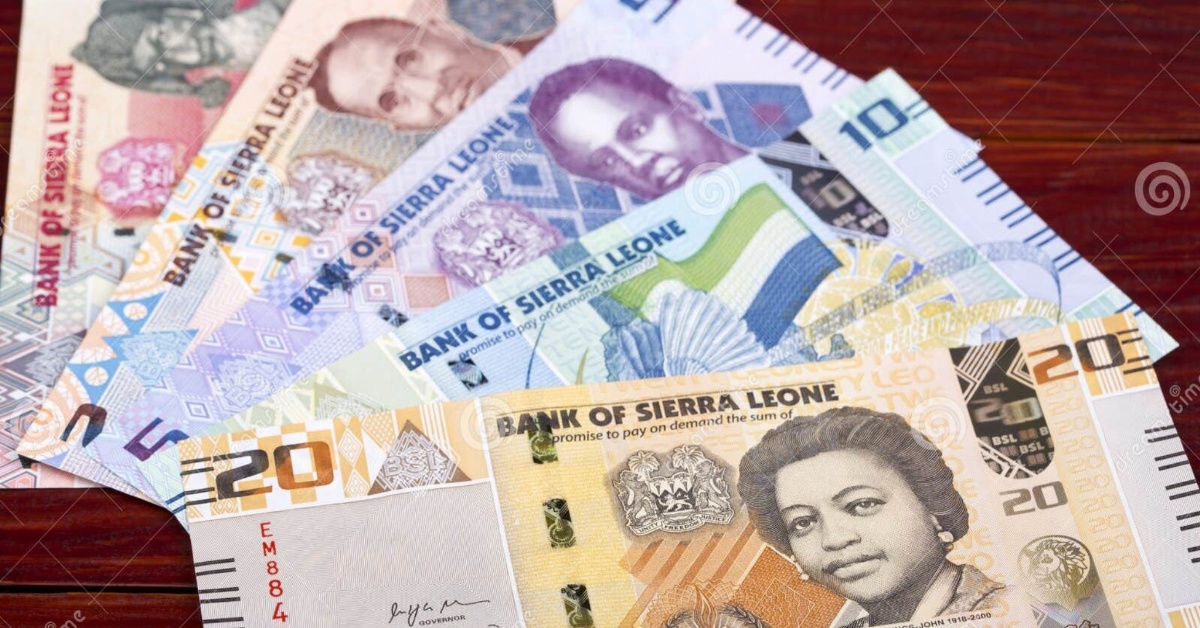The Sierra Leonean Leone has been ranked as the second weakest currency in Africa, according to a Forbes currency calculator report for September 2025, underscoring the lingering pressure on Sierra Leone’s economy despite recent signs of easing inflation.
The Forbes currency calculator, which sources real-time foreign exchange market data via the Open Exchange Rates API, updates every five minutes to reflect live trading values.
The system captures the impact of demand and supply, market sentiment, and broader economic conditions on each nation’s currency performance.
According to the data, the São Tomé & Príncipe Dobra (22,282 per $1) topped the list of Africa’s weakest currencies, followed by the Sierra Leonean Leone (20,970), Guinean Franc (8,680), Ugandan Shilling (3,503), and Burundian Franc (2,968). Others on the list include the Congolese Franc (2,811), Tanzanian Shilling (2,465), Malawian Kwacha (1,737), the Nigerian Naira (₦1,490 per $1), and the Rwandan Franc (1,448).
In contrast, the Tunisian Dinar (2.90 per $1), Libyan Dinar (5.40), Moroccan Dirham (9.91), Ghanaian Cedi (12.31), and Botswanan Pula (14.15) were ranked as the five strongest currencies in Africa.
The continent currently has 54 recognised countries, according to the United Nations and geographic data sources.
Meanwhile, Sierraloaded reported that Sierra Leone’s inflation rate showed significant improvement in 2025 with headline inflation dropping to 7.10% in June 2025, down from 7.55% in May 2025. This follows a reported 13.8% in December 2024.
A Consumer Price Index (CPI) report released by Statistics Sierra Leone in June 2025 highlights a 0.26% month-on-month decline in consumer prices, reversing the 0.05% increase observed in May and marking a rare instance of deflation in the national economy.
In response, the Monetary Policy Committee (MPC) of the Bank of Sierra Leone (BSL), following its quarterly meeting on July 24, 2025, announced a significant reduction in its key policy rates, effective July 29, 2025.
The move aims to sustain macroeconomic stability, address inflationary pressures, and stimulate private sector credit.
The Monetary Policy Rate (MPR) was reduced by 2 percentage points to 21.75%. Concurrently, the Standing Lending Facility Rate (SLFR) lowered to 23.75%, and the Standing Deposit Facility Rate (SDFR) to 14.25%. These adjustments were approved by the BSL’s Board of Directors on July 28, 2025.









